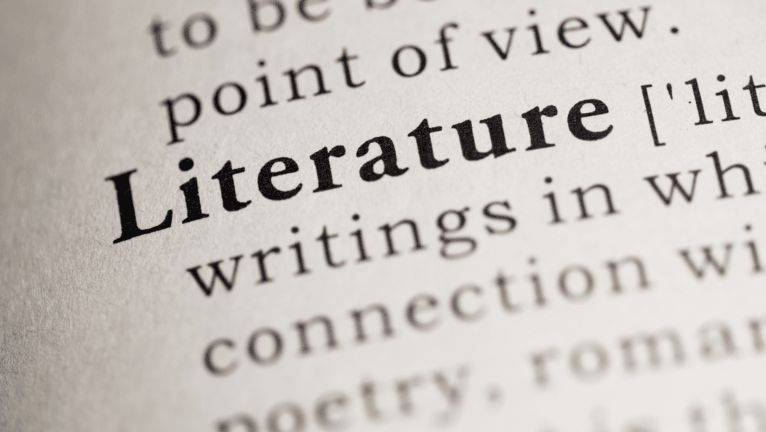Contextual Analysis
Contextual analysis is a valuable approach used in various disciplines, including art history, social sciences, and political sciences, to delve into the deeper layers of meaning within a given context. It involves examining and interpreting data, texts, or visual materials by considering their historical and cultural background and analyzing and discussing contextual information to gain a comprehensive understanding.
In summary, contextual analysis is a versatile and interdisciplinary approach that involves analyzing and discussing data, texts, or visual materials within their historical, cultural, and social context. Whether in analyzing art, social sciences, or other disciplines, this method allows for a deeper understanding of the subject matter, uncovering hidden meanings and facilitating informed interpretations.
How can contextual analysis be used?
Contextual analysis is used in various ways across different fields and disciplines. Here are some examples of how contextual analysis is applied across disciplines:
- Literature and Textual Analysis
In literary studies, contextual analysis helps interpret and understand literary works by considering the historical, social, and cultural factors that influenced the author and the text. It involves examining the author's biography, the time period in which the work was written, and the broader cultural and intellectual movements of that era.

- Art History and Visual Analysis
Contextual analysis is employed in art history to understand and interpret artworks within their historical, cultural, and artistic context. It involves examining the influences on the artist, the cultural milieu, the prevailing art movements, and the intended audience to gain insights into the artwork's meaning and significance.
In the field of art history, contextual analysis plays a pivotal role in unraveling the significance of artworks and art movements. It entails studying not only the formal elements of a piece but also exploring the historical figures, cultural context, and political-economic factors that influenced the creation and reception of the artwork.
By thoroughly analyzing art within its broader context, researchers can unearth the intricate connections between artistic expression and societal changes, shedding light on the multifaceted layers of meaning embedded in the artwork.
Visual analysis is an integral part of the contextual analysis of art. Scholars can decipher the artist's intentions and aesthetic choices by examining the visual elements such as color, composition, and style. However, understanding the context in which the artwork was produced is essential for a comprehensive analysis. This includes considering factors such as the artist's biography, the cultural milieu, and the prevailing artistic trends of the time.
- Social Sciences and Political Sciences
The contextual analysis extends beyond the realm of art history, with applications in fields such as social sciences and political sciences. For instance, in political sciences, researchers analyze the historical and cultural factors that shape political systems, ideologies, and policies. By examining the context in which political decisions are made, scholars can better understand the motivations, interests, and consequences associated with political actions.
Contextual analysis is used in social and political sciences to understand human behavior, societal dynamics, and political systems. Researchers can analyze and explain patterns, trends, and phenomena in society and politics by considering the historical, cultural, and socio-political context.
- Media and Communication Studies
In media content analysis, contextual analysis is crucial for understanding how messages are constructed, interpreted, and received. It examines the cultural, social, and political context in which media texts are produced, disseminated, and consumed and how this context shapes their meaning and impact.
- Business and Marketing
Contextual analysis is employed in market research and consumer behavior studies to understand target audiences' preferences, motivations, and decision-making processes. Businesses can develop more effective marketing strategies by analyzing the contextual factors that influence consumer choices.

Contextual analysis is used in educational settings to design appropriate and relevant teaching and learning experiences. Educators consider the individual and cultural backgrounds of students, their prior knowledge, and the socio-cultural context to tailor instruction and create meaningful learning opportunities.
In the academic realm, contextual analysis is often conducted via institutions like universities and presses. Scholars and researchers utilize various resources, including books, articles, and databases, to gather contextual information and support their analysis. The use of registered trademarks and Creative Commons-licensed materials allows for the proper citation and dissemination of knowledge in accordance with legal and ethical standards.
Similarly, contextual analysis plays a crucial role in understanding students' unique needs and circumstances in special education. Educators and specialists analyze the individual's background, cultural context, and specific challenges to design appropriate interventions and support systems.
- Historical Research
Historians use contextual analysis to explore and interpret past events, processes, and individuals. By examining primary sources, historical records, and artifacts within their historical context, historians can reconstruct and analyze the narratives and significance of historical events.
In general, contextual analysis aims to provide a deeper understanding of a subject by considering the factors and circumstances surrounding it, enabling researchers, scholars, and professionals to make informed interpretations and draw insightful conclusions.